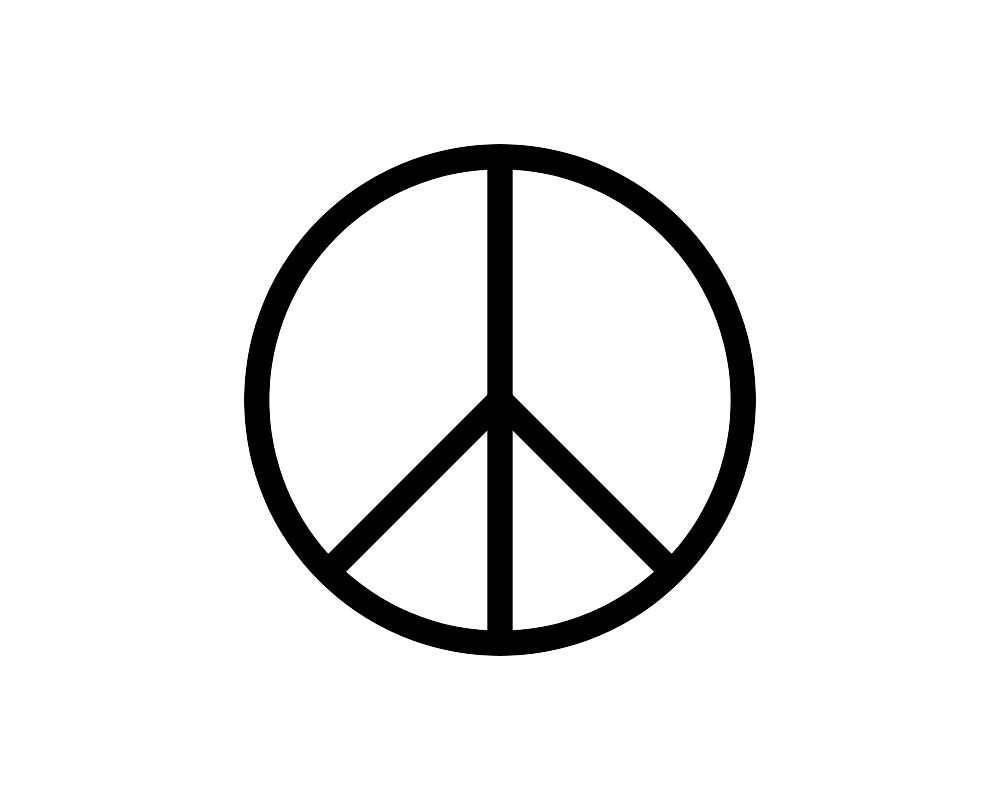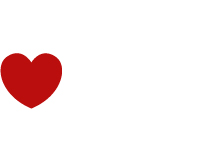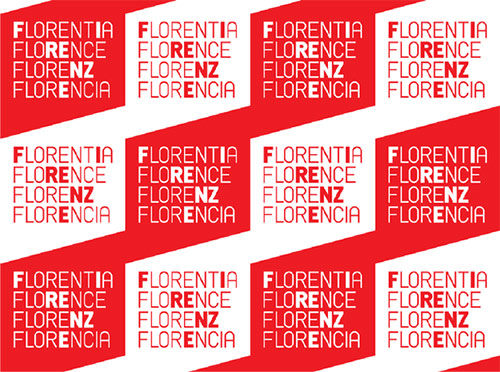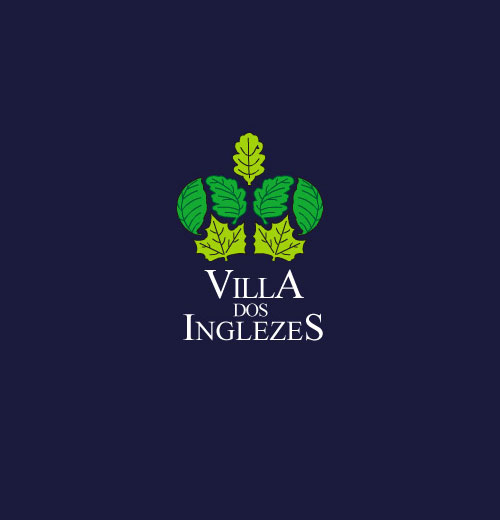Gerald knew that a graphic symbol would reinforce the message of the thousands of protesters who took part in a 50-mile march from London’s Trafalgar Square to the Atomic Weapons Research Establishment (AWRE) at Aldermaston, Berkshire.


Gerald originally considered using the Christian cross symbol within a circle and approached various priests with the suggestion, but the priests weren’t happy with the idea of using it for a protest march. Instead Gerald settled on using letters from the flag semaphore system, super-imposing N(uclear) on D(isarmament) within a circle that symbolised Earth.



He later wrote to Hugh Brock, editor of Peace News, and gave a different, more personal explanation for his idea.
“I was in despair. Deep despair. I drew myself: the representative of an individual in despair, with hands palm outstretched outwards and downwards in the manner of Goya’s peasant before the firing squad. I formalised the drawing into a line and put a circle round it. It was ridiculous at first and such a puny thing.”
Ken Kolsbun’s 2008 book, Peace, charts how the CND symbol was transported across the Atlantic and took on additional meanings for the Civil Rights movement, the counter-culture of the 1960s and 70s including the anti-Vietnam protests, and the environmental and equal rights movements.



More info:
About the CND symbol, on cnduk.org
A Circle and Three Lines, the documentary
Peace: The Biography of a Symbol, National Geographic (2008)
The magic of the peace symbol, by Steven Heller for Design Observer (2008)
World’s best known protest symbol turns 50, on the BBC website (2008)
The untold story of the peace sign, excerpted from Mark Sinclair’s TM (2014)





Comments
Now I know, thanks!
This is so fascinating! And thinking that the author was actually unhappy with the symbol he has created! Little he knew how iconic it was going to become!
The story is great, but in this instance, it’s true power is that it was simple, and easily drawn by protesters the world over.
By being easy to draw, it’s been wildly adopted, making it recognizable the world over, in any language or culture.
My father’s badge… Eric Austen.
What do you think about the CND symbol on the back of the tank Panzer 3 during the Germany intervention to France on 1940?
Not a peace symbol, looks more like the Norse or Old English Rune for X, eolks or “elks” surrounded by a circle. Nazi’s liked runes, made them feel all “Germanic.”
Trust someone to try to degrade a peaceful cause. Try reading The Flowers of Hiroshima.
It’s the ‘life’ rune, probably used in this context as the Nazi version of fixing a horseshoe to your tank for good luck. Given that it is likely painted on the back of a pzkfpw III from either the Totenkopf or LSSAH, I hope it failed.
Or has he inverted the life symbol to deliberately subvert the movement with a negative symbol?